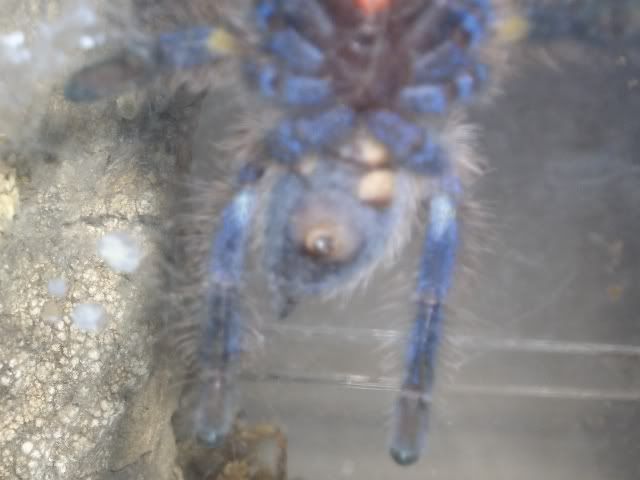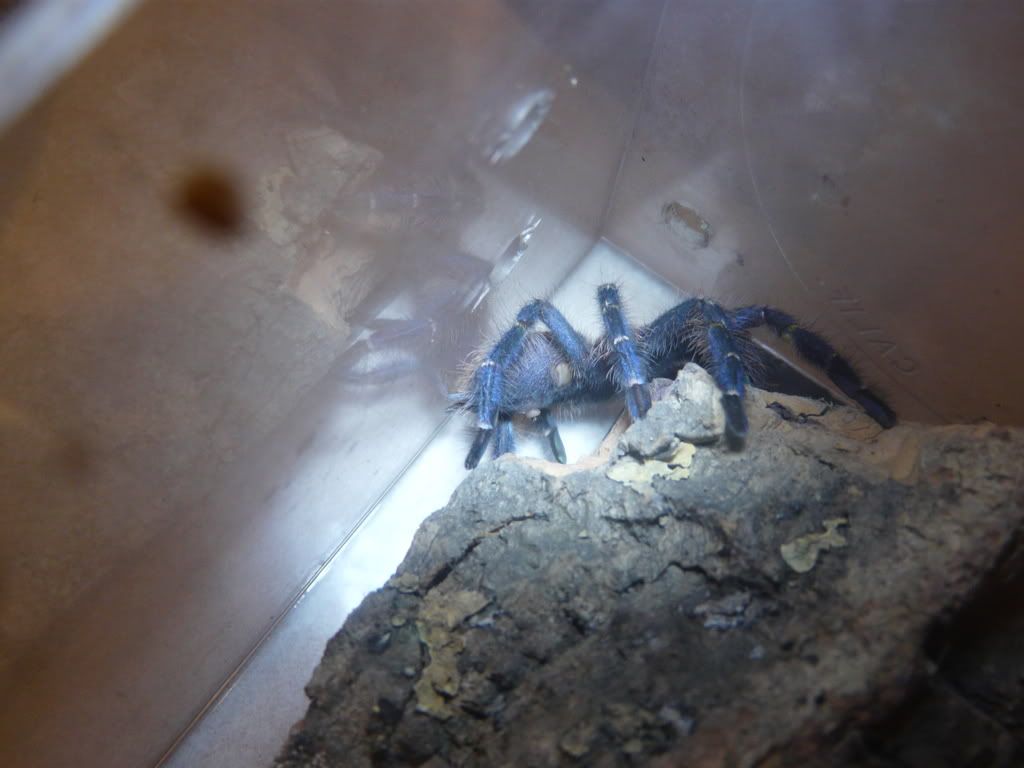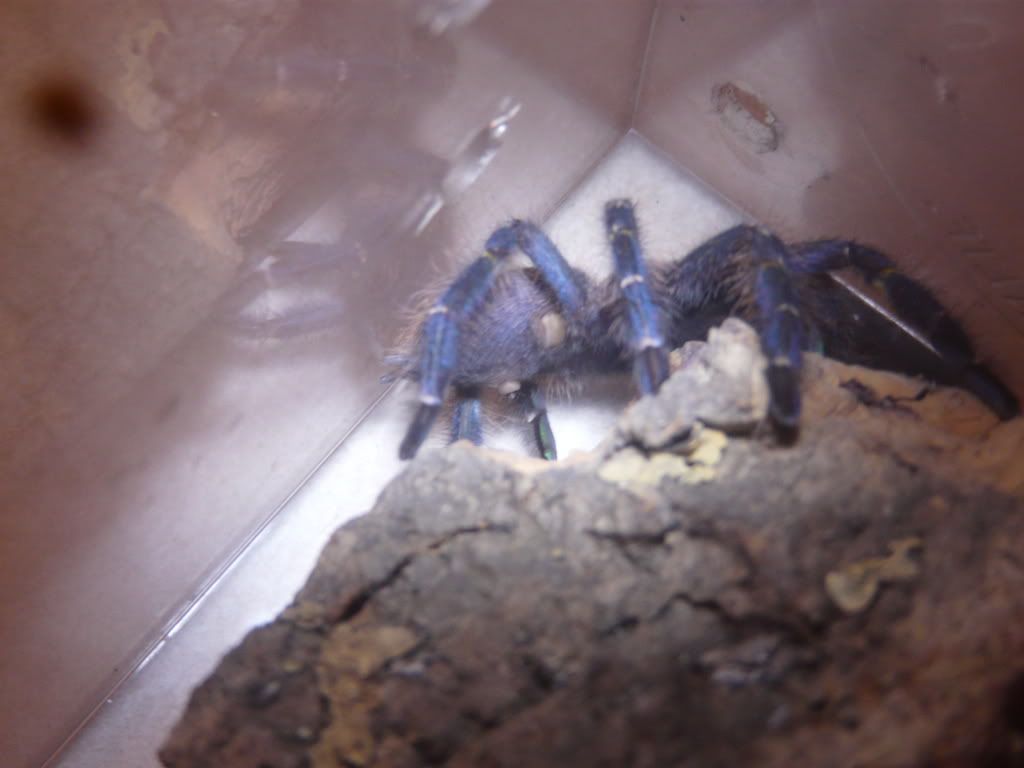This is the 2nd P. metallica I have been unfortunate enough to own with this same "condition". The other was a 1 inch sling and passed away within weeks of purchase. This one has been owned for 8 months and it took that long to finally molt. I knew something was wrong but had no idea what. A worm-like parasite was observed on the exuvia and a definite "wound" was apparent on it as well. The parasite was not eradicated and the wound is now visually apparent and getting worse. Anyone with experience in treating external parasites on (and in this case, burrowed IN) a tarantula? I'd like to try a small quantity of "no pest strip" in the cage but have no idea how much and for how long or would I be better swabbing with Ivermectin or Trichlorfon? The T is going to die without intervention. If anyone has tried any of this I'd really appreciate the feedback. Pics of the "wound" attached. Di











Comment